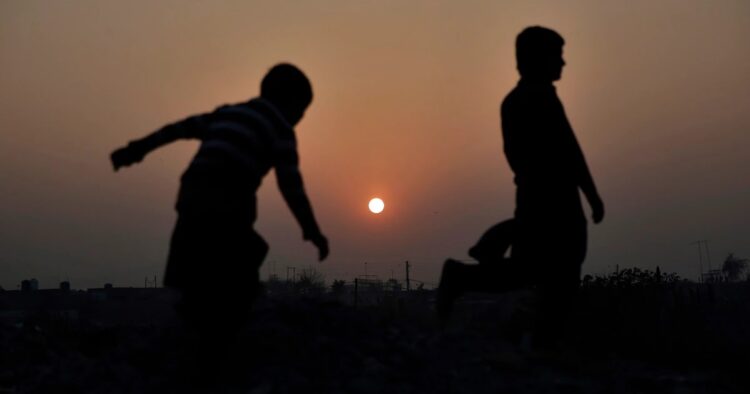Winter Solstice Marks the Longest Night of the Year in Bharat
As winter takes hold and longer nights envelop the world, Bharat gears up for the enchanting Winter Solstice, observed on December 21 or 22 each year. This natural phenomenon signifies a significant shift in seasons.
The Science Behind Winter Solstice
The Winter Solstice occurs annually when the Northern Hemisphere tilts furthest away from the sun. This results in the longest night and the shortest day of the year. The Earth’s axial tilt of 23.4 degrees is the key player. As the Earth’s pole points away from the Sun, the sun’s arc in the sky rises and falls, reaching its lowest point during the winter solstice.
Bharat’s Timings for Winter Solstice 2023
In Bharat, this celestial event will unfold on December 22, with the solstice happening at 8:57 am. During this day, the Northern Hemisphere experiences its minimum daylight hours, with roughly 7 hours and 14 minutes of daylight.
Witnessing the Winter Solstice
A beautiful way to commemorate the Winter Solstice is to witness the sunrise and sunset on the day itself. An iconic tradition involves people gathering at Stonehenge to marvel at the sunrise. Alternatively, stepping outside after dark for some stargazing can be a serene way to connect with the celestial event.
Contrast with Summer Solstice
Winter Solstice stands in stark contrast to the Summer Solstice, where the same hemisphere enjoys the longest daylight hours. The rhythm of nature, showcased through these solstices, adds a touch of magic to our understanding of the changing seasons.

















Comments